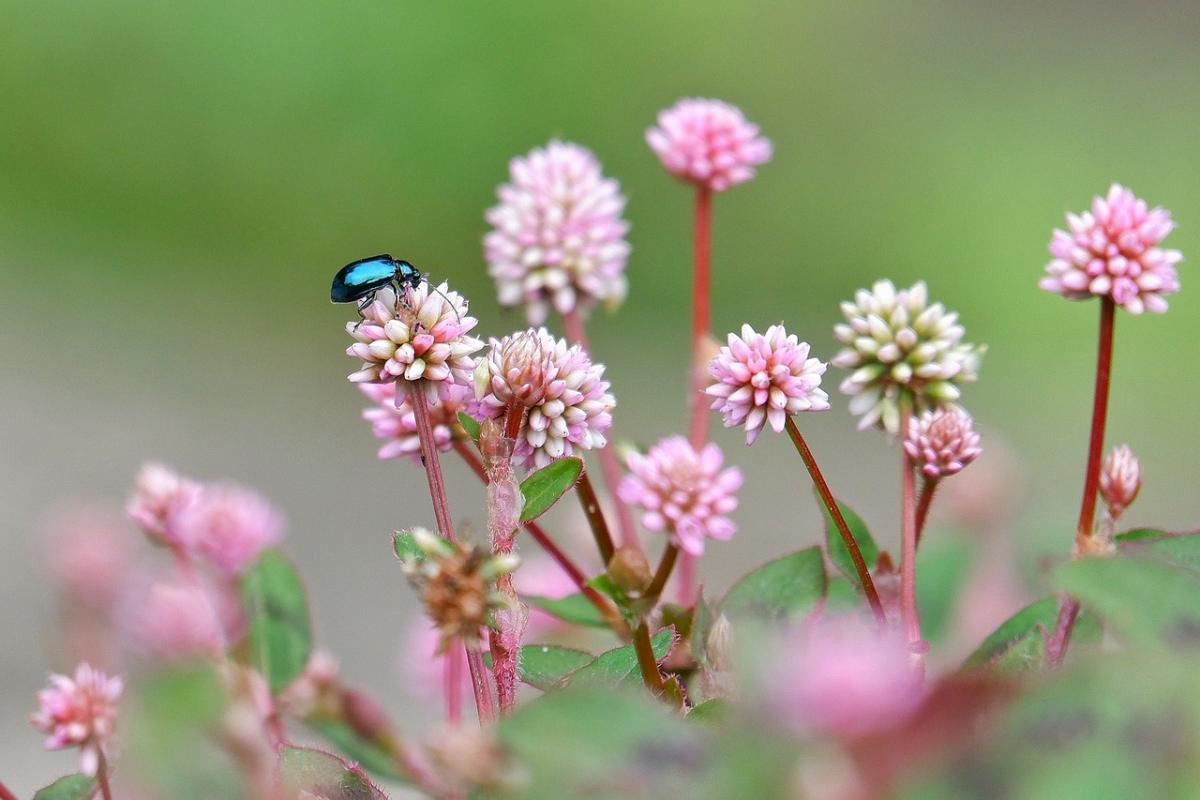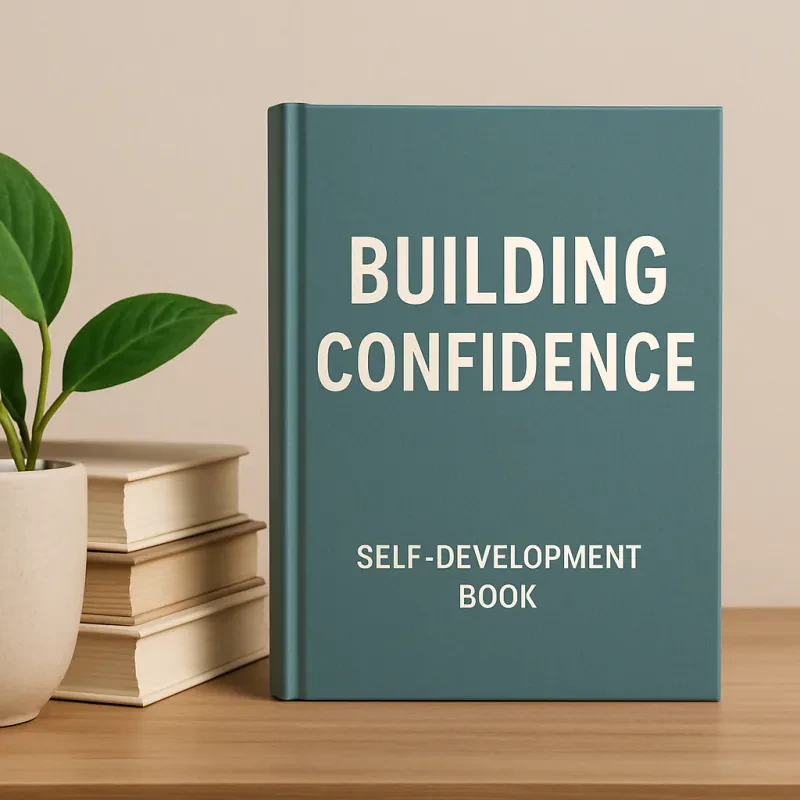I Paint My Own Picture: A Guide to Self-Portraiture
Unveiling Your Inner Artist
Self-portraiture is more than just art; it's a personal journey. When you choose to paint yourself, you dive deep into self-discovery. This creative process helps reveal layers of your identity that may be hidden.
The Allure of Self-Portraiture: Why Paint Yourself?
Creating a self-portrait allows you to express your feelings, thoughts, and experiences on canvas. It acts like a mirror reflecting emotions that words often can't capture. Each brushstroke tells your story.
Beyond the Canvas: Exploring Self-Expression Through Art
Art is a form of communication. Through your self-portrait, you can share who you are with others, connecting in ways that transcend language. This unique form of expression fosters understanding and empathy.
Setting the Stage: Gathering Materials and Preparation
Before you begin, gather the right materials. Here’s a basic list:
- Canvas or paper
- Paints: oils, acrylics, or watercolors
- Brushes of various sizes
- Palette for mixing colors
- Easel or flat workspace
- Mirror for reference
Ensure you have a well-lit area to work, setting the mood for creativity.
Understanding the Fundamentals of Self-Portraiture
Mastering the basics enhances your self-portrait. Understanding proportions and techniques is crucial for achieving a realistic look.
Mastering Proportions and Anatomy: Essential Techniques
Proportions are vital in art, especially in self-portraiture. The head's width is about five eyes wide, while the eyes sit halfway down the face. Familiarize yourself with facial anatomy to enhance accuracy.
Capturing Likeness: Tips for Accurate Representation
To create a true likeness, follow these tips:
- Use a grid method to break down features.
- Focus on one feature at a time.
- Study photographs for reference.
- Practice sketches before painting.
Choosing the Right Medium: Oils, Acrylics, Watercolors, and More
Every medium offers unique qualities. Oils provide rich textures, acrylics dry quickly, and watercolors are soft and light. Choose one that feels comfortable and suits your style.
Exploring Different Styles and Techniques
As you gain confidence, explore various styles of self-portraiture. Each technique offers a different lens through which to view yourself.
Photorealistic Self-Portraits: Achieving Photographic Accuracy
Photorealism aims to create images as true to life as possible. Use precise details, fine lines, and careful shading to capture your essence accurately.
Impressionistic Self-Portraits: Capturing Emotion and Mood
Impressionism focuses on the feelings evoked by a subject rather than exact details. Use sweeping brush strokes and vibrant colors to communicate your emotional state.
Abstract Self-Portraits: Exploring Inner Worlds Through Form and Color
Abstract art moves away from realism. Use shapes and colors to reflect how you perceive yourself. Let your emotions dictate your brushstrokes to create something uniquely you.
Developing Your Personal Style
As you paint, developing a distinctive style becomes important. Your art should resonate with your identity.
Finding Inspiration: Artists, Photographers, and Everyday Life
Look for inspiration all around you. Examine the works of renowned artists, browse photography, or observe daily life. Your surroundings can spark creative ideas.
Experimentation and Innovation: Breaking the Rules and Finding Your Voice
Don’t be afraid to experiment. Play with colors, styles, and materials. Each attempt provides valuable lessons and leads you closer to your artistic voice.
Building a Portfolio: Showcasing Your Artistic Journey
Document your progress by creating a portfolio. Include sketches, finished pieces, and notes on your thoughts during each project. This record highlights your growth.
Overcoming Challenges and Building Confidence
Every artist faces challenges. Recognizing and confronting these obstacles is essential for growth and confidence.
Dealing with Self-Doubt and Perfectionism: Embracing Imperfection
Self-doubt can be paralyzing. Remember, no artwork is perfect. Embrace your mistakes as part of the learning process. Each error offers a chance to improve.
Seeking Feedback and Learning from Others: The Importance of Critique
Feedback from peers can be invaluable. Share your work and be open to constructive criticism. This input provides perspective and can lead to breakthroughs.
Maintaining Artistic Growth: Continuous Learning and Experimentation
Stay curious. Attend workshops, watch tutorials, and read books on art. Continual exploration enhances your skills and keeps your creativity flowing.
Sharing Your Art and Connecting with Others
Connecting with fellow artists enriches your journey. Sharing your work can open doors to new opportunities.
Online Platforms for Artists: Building Your Online Presence
Platforms like Instagram, Pinterest, and online art communities allow you to showcase your work. Regularly post your self-portraits to build an audience and gain recognition.
Participating in Art Shows and Exhibitions: Real-World Exposure
Look for local art shows and community exhibitions. Displaying your work publicly builds confidence and connects you with other artists and art lovers.
The Power of Community: Connecting with Other Artists
Join art groups, both online and in-person. Surrounding yourself with like-minded individuals fosters support, inspiration, and collaboration.
Conclusion: The Transformative Power of Self-Portraiture
Self-portraiture offers numerous benefits. It nurtures creativity, self-awareness, and emotional expression. Each artwork becomes a chapter in your unique story.
Key Takeaways: Benefits and Rewards of Self-Expression Through Art
Painting yourself enhances your understanding of identity. It's a rewarding way to connect with your emotions and share your journey.
Next Steps: Continuing Your Artistic Journey
Continue to experiment and develop your style. Remember that every stroke has meaning, and every portrait is a step on your path.
Resources for Further Learning: Books, Workshops, Online Courses
Explore resources like:
- Books: "Drawing on the Right Side of the Brain" by Betty Edwards
- Workshops: Local community centers often offer sessions
- Online Courses: Platforms like Skillshare and Coursera
Embrace your artistic journey, and remember: You paint your own picture, and it's a reflection of who you are.



